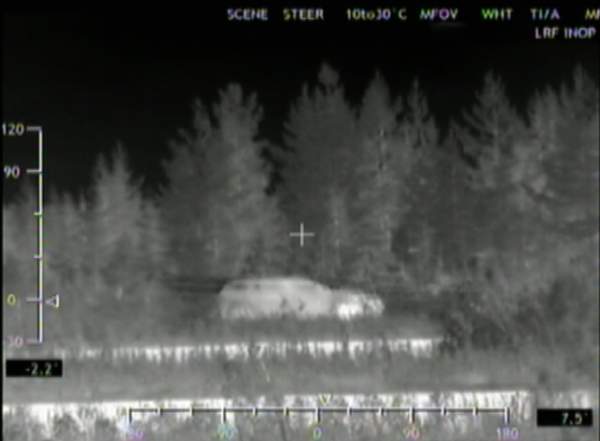In English, a term is often used to designate new generation camouflage technologies: Cloaking, literally the “use of a cape”. The reference to the elven cloaks of Frodo Baggins and the invisibility cloak of the most famous of young British wizards is obvious, while retaining a dreamlike dimension. However, this term is now used most seriously in the world by many research laboratories working for the Defense industry.
Thanks to new meta-materials, it is in fact now possible to completely or partially erase the presence of an object, a vehicle or a soldier, in view of the opposing forces. What are these next-generation camouflage technologies, and will they soon enter service in the armed forces?
In reality, there is not one, but several technologies seeking to erase the presence of a soldier or a vehicle in the light spectrum. The oldest, and most widely used, is none other than classic camouflage, which aims to reproduce the chromatic and physical characteristics of the environment in which the combatants find themselves.
The most successful example of this type of camouflage is the Ghillie suit, invented in Scotland by gamekeepers at the beginning of the XNUMXth century, and which was used for the first time in combat during the First World War. But this technology, if it is simple and economical, is not free from defects.


75% of this article remains to read,
Subscribe to access it!
The Classic subscriptions provide access to
articles in their full version, and without advertising,
from 6,90 €.
Newsletter subscription
Register for the Meta-Defense Newsletter to receive the
latest fashion articles daily or weekly

